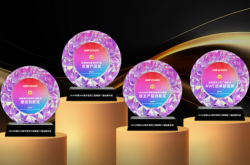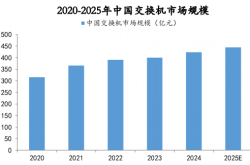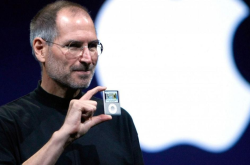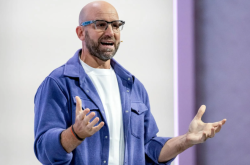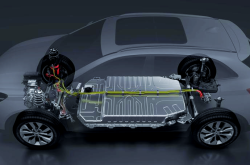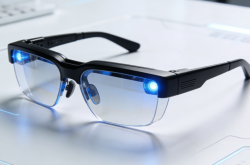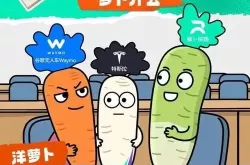Huawei's Major Transformation: HuaWang Pioneers New Path
![]() 08/25 2025
08/25 2025
![]() 486
486
On August 8, at GAC's Panyu headquarters, the HuaWang project convened a mobilization meeting attended by hundreds, encompassing all of GAC's core departments. By the close of the afternoon session, everyone was enthusiastically giving thumbs up in front of the camera.
Subsequently, GAC Chairman Feng Xingya shared this group photo on Weibo, emphasizing that the HuaWang project represents a vital aspect of GAC's 'Panyu Action' reform, demanding unwavering commitment.
A month prior, Feng Xingya also tweeted about HuaWang, accompanied by a photo of him shaking hands with Huawei's Ren Zhengfei in Huawei's Shenzhen office guest room, symbolizing the exceptional partnership between the two companies. Feng Xingya noted that they had in-depth discussions on automotive industry trends, marketing innovation, customer insights, corporate reform governance, and project cooperation advancements.
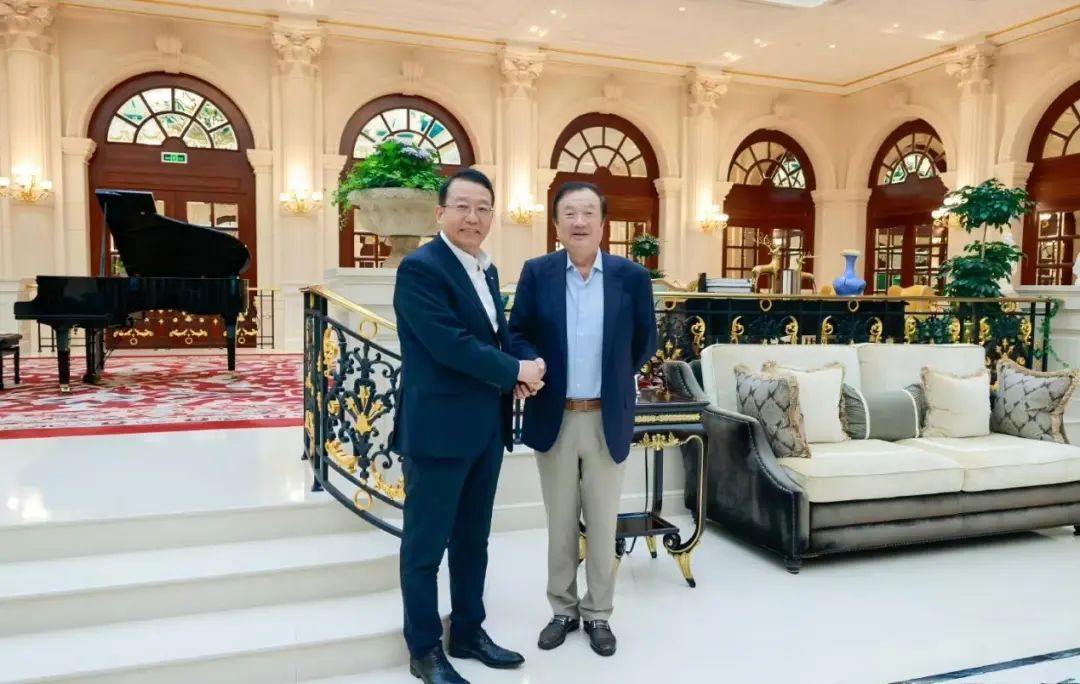
Huawei has been active in the automotive sector for years, but photos of Ren Zhengfei with automotive industry leaders were once rare. However, this year has seen more such occurrences. On August 9, Changan Automobile Chairman Zhu Huarong also posted a photo of himself with Ren Zhengfei and Xu Zhijun on social media, hinting at a new round of collaboration between Changan and Huawei.
Ren Zhengfei's entry into the automotive circle signifies a significant shift in Huawei's collaboration logic with automakers:
Internally, there is now consensus on transitioning from 'comprehensive leadership' to 'ecological collaboration,' ending the debate over collaboration models. Consequently, Huawei has broadened its circle of friends in the automotive industry.
This signifies that after twelve years of adjustment, Huawei has found the optimal blend of technological aspirations and business realities in the automotive field. HuaWang is the inaugural brand-new project under this paradigm, hailed as the 'fourth collaboration model' between Huawei and automakers.
01. Redefining Boundaries with Automakers
In 2013, Huawei established the Connected Vehicle Lab, marking its foray into the automotive industry leveraging ICT technology.
Over the ensuing decade, Huawei's automotive journey has traversed three stages: initially, it provided automotive technology, supplying communication modules and in-vehicle systems to automakers; then, it deepened collaboration, marked by the establishment of the Intelligent Auto Solutions BU in 2019, which introduced the HI (Huawei Inside) full-stack solution and later the Smart Selection solution in 2021, validated by sales; finally, it embarked on ecological expansion beginning in 2024.
Prior to establishing ecological co-construction, Huawei's top management grappled with defining the collaboration boundaries with automakers. Amidst the rapid innovation in new energy intelligent vehicles, this relationship underwent repeated revisions, with external questions swirling around whether Huawei was actually manufacturing cars.
Initially, Ren Zhengfei positioned Huawei's automotive endeavors as an 'incremental component provider.' However, following supply disruptions with Audi under the component supply model and resistance from BAIC ARCFOX under the HI model, Huawei's Smart Selection model unexpectedly emerged and gained traction in the market through the AITO brand.
Yet, it was during this phase that Huawei faced the most scrutiny. Concurrently, BAIC ARCFOX struggled with poor sales, SAIC Motor advocated the 'soul theory' of automakers, leading to sharp conflicts, while GAC took a more moderate stance, primarily promoting cooperation based on technology supply.
Some later speculated that GAC's board of directors misjudged when voting 11-0 to reject deep collaboration with Huawei. However, considering the swift launch of the HuaWang project thereafter, GAC might have been seeking the optimal balance point.
That same year, Huawei's internal management began re-evaluating its relationship with automakers. In 2023, Ren Zhengfei signed a document reaffirming that 'Huawei does not make cars' and required the removal of Huawei logos from AITO stores.
In 2024, Huawei's automotive business underwent a transformative shift: firstly, the establishment of the YinWang company, which subsequently took over the Intelligent Auto Solutions BU, forming an independent technology open platform; secondly, Yu Chengdong of Huawei's Consumer Business Group acknowledged that the HarmonyOS Smart Mobility 'Five Circles' layout had reached its capacity limit, supporting the return of sales rights to automakers (like Smart Horizon and Smart Upper) and transitioning to 'asset-light' operations.
Huawei's collaboration with automakers was adjusted from 'comprehensive leadership' to 'core standards control + ecological collaboration.' In other words, Huawei clarified that, within a complex ecosystem, the relationship between technology companies and automakers is distinctly different from that between Apple and Foxconn. Shortly thereafter, the Smart Selection model ceased expansion.
By 2025, Xu Zhijun, the rotating chairman of Huawei leading the Intelligent Auto Solutions BU, introduced the concept of an 'Intelligent Open Platform,' leveraging the joint venture YinWang to strike a balance between control and openness.
During these two years, GAC did not sever ties with Huawei, as some external observers suggested, but instead maintained close communication. This included technological collaboration, with many Trumpchi and AION models adopting technologies like Qiankun Intelligent Driving and Intelligent Cockpit, and high-level interaction, with GAC sending a team of mid-to-senior executives to Huawei's headquarters for in-depth learning in mid-2024.
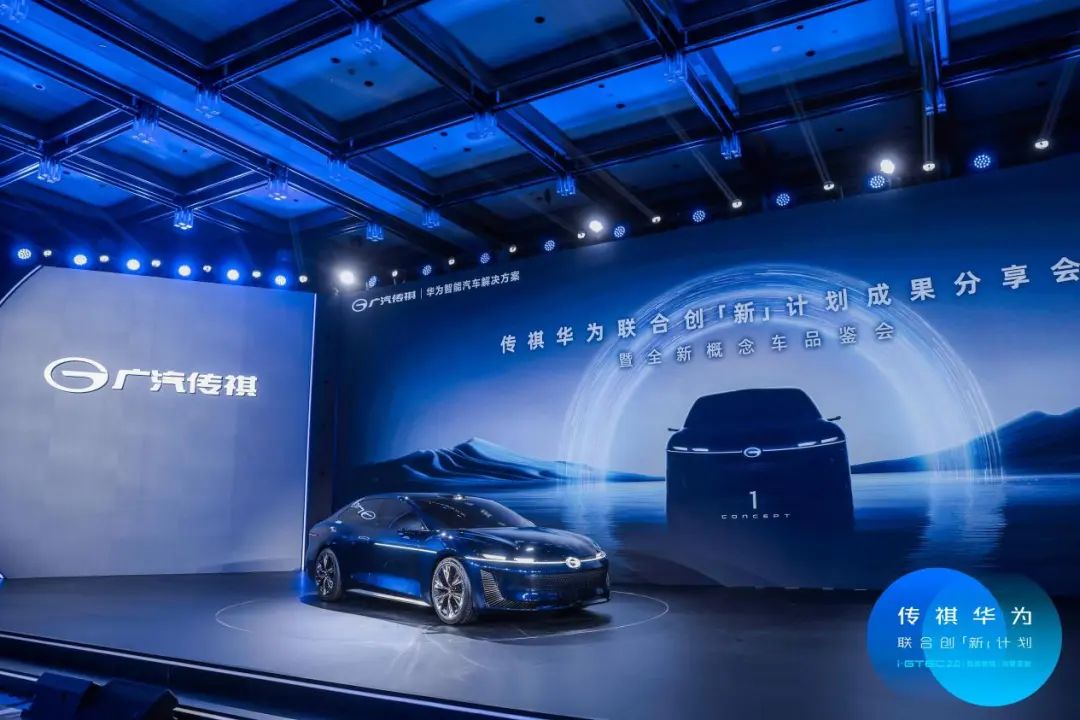
After two years of 'courtship,' both parties deepened their understanding of each other. Coupled with Huawei's significant changes, GAC deemed it the right time to discuss a partnership.
On January 10, 2025, the GAC board of directors officially approved the establishment of the 'GH' project company, jointly creating a new high-end intelligent new energy vehicle brand with Huawei—HuaWang Auto, adopting an operational model where GAC holds the controlling stake and Huawei empowers.
GAC and Huawei's collaboration can be succinctly summarized by Jack Welch, the former CEO of General Electric and renowned as the 'World's Best CEO': "The best time for strategic collaboration is when both parties are at a critical point of transformation."
02. Huawei's Moment of Ecological Collaboration
The HuaWang model can be described as an upgraded version of Huawei's collaboration model with automakers. Essentially, Huawei still serves as the 'technological foundation,' but in practice, it innovates on multiple fronts, earning it the moniker of a hybrid 'HI + Smart Selection' model.
To support a business model and logic transcending its original segments, GAC established an independent automotive company, HuaWang.
In terms of equity, GAC promotes a 'light holding' model, potentially reducing its shareholding ratio to below 40%. By diversifying its shareholder structure, state-owned enterprises reduce their control and pool resources. Clearly, GAC aims to unlock HuaWang's innovation and imagination potential through top-level design and mechanisms.
The HuaWang model diverges from previous collaboration models between OEMs and suppliers (technology supply, brand co-branding, partial research and development on behalf of OEMs). Its core lies in 'system-level integration': incorporating Huawei's IPD (Integrated Product Development) and IPMS (Integrated Product Marketing) full-process systems, from user demand insight, product definition, research and development iteration to marketing implementation, the collaboration between GAC and Huawei permeates every link, transcending a simple 'Huawei provides technology, GAC builds the vehicle body' dynamic.
In other words, akin to the Smart Selection model, Huawei participates throughout the process while retaining the automaker's soul, similar to the HI model, with deep integration and restructured labor division as key aspects.
HuaWang can be deemed the inaugural brand-new project after Huawei established the 'ecological collaboration' strategy in the automotive field. In terms of market expectations, HuaWang's position in the Chinese automotive system may mirror that of AITO in the era of Smart Selection.
However, unlike AITO's 'full-chain takeover,' Huawei is constructing an 'Intelligent Open Platform,' explaining why Xu Zhijun emphasized expanding Huawei's automotive circle of friends. Hence, HuaWang could be Huawei's initial move after finding the right balance between technology empowerment and resource constraints.
HuaWang also diverges from AITO and can even be considered an upgraded version of the AITO model. AITO marked a new phase in Huawei's collaboration with automakers. Under the YinWang platform, the original HI collaboration model will be upgraded to 'HI Plus' in 2025.
Nevertheless, AITO's current shortcomings are evident: firstly, the long product development cycle, often exceeding 24 months, and high costs lead to higher model pricing; secondly, the brand has low recognition.
A prolonged product development cycle may indicate issues with integration and labor division in collaboration, resulting in extended 'intelligent driving function adaptation to the entire vehicle' and uncertain outcomes from the refinement process.
When designing the HuaWang model, the habitual issue of 'automakers and technology companies each managing a segment' of collaboration was addressed. Relying on the 'cross-team joint development mechanism' coexisting with Huawei's system, Huawei engineers and GAC's technical team work in tandem, transforming intelligence and manufacturing from a 'physical combination' to a 'chemical fusion.'
The results are now evident. From the establishment of the HuaWang project company to the launch of the first model in the first half of 2026, HuaWang took less than 18 months and will soon unveil a second model. The speed of new model launches is remarkable, with efficiency far surpassing that of traditional automaker models.
This hybrid model could truly position Huawei as the 'Bosch' of the new energy intelligent vehicle era. From this perspective, this is Huawei's moment in the automotive world.
03. Competing with Two 'Halves'
Does the new energy intelligent vehicle market still need a new brand? This question long plagued Lei Jun and may continue to be posed to latecomers like HuaWang.
However, the answer is not difficult to discern. Simply put, the transition from traditional fuel vehicles to new energy intelligent vehicles, from a consumer demand perspective, signifies a shift not just in energy but in the transformation of cars from transportation tools to electronic consumer goods.
To date, the energy transformation is nearly complete, with both technology and consumption tending towards maturity. However, the competition for cars as technological products is still in its nascent stages. This explains why, after Xiaomi entered the market, there was no rush to catch up.
The decisive factor lies in core competitiveness. One of Xiaomi's advantages is its deeper understanding of electronic product consumer psychology compared to most traditional automakers; HuaWang's core competitiveness stems from Huawei's technological barriers, such as chips (MDC computing platform) and algorithms (ADS intelligent driving), coupled with insights into consumer technology products, combined with GAC's intelligent manufacturing and resource integration capabilities, giving it a more pronounced edge.
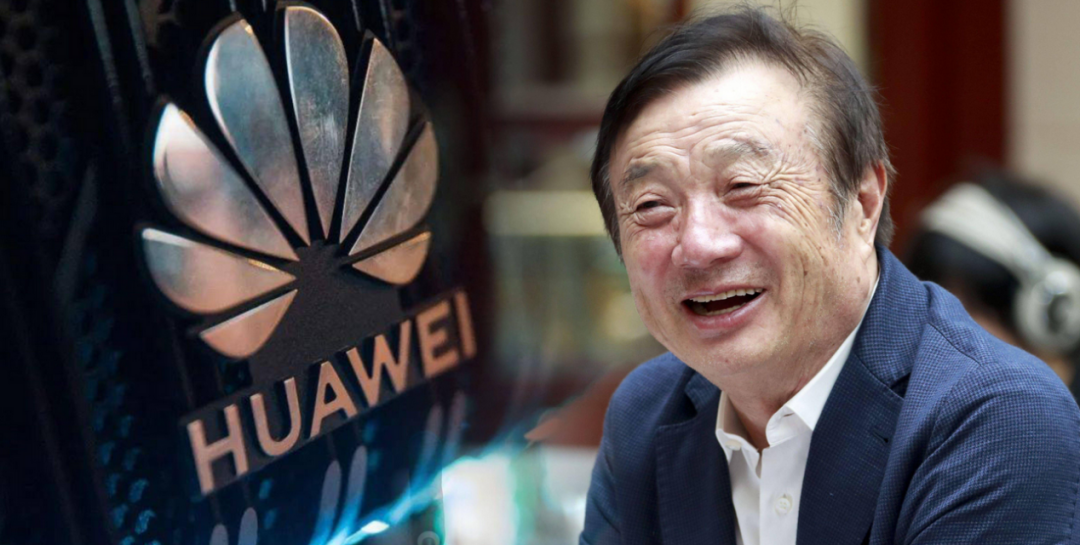
Looking ahead, the longest plank in the barrel may be software. Hardware leadership may last only six months, but software leadership can extend to three to five years. The ultimate competition in intelligent vehicles revolves around one aspect: the software ecosystem.
GAC's top management is acutely aware that automakers cannot compete with technology companies like Huawei in this realm. Ge Xianqing, Deputy General Manager of GAC, also publicly stated that the best driving assistance solution in China does not come from automakers but from third-party suppliers like Huawei and Momenta.
On another level, considering the current automotive industry competitive landscape, despite the emergence of head automakers selling nearly 4 million vehicles annually, the combined profits of all Chinese automakers last year were still less than that of Toyota alone.
This illustrates two practical issues: firstly, the competitive landscape of automakers in the Chinese market is not solidified; secondly, the brand premium of Chinese cars is too low, and it can even be said that they are in a chaotic period with highly unstable brand influence.
HuaWang's assessment is that there are still open seats at the table, and it holds a strong hand. If technology research and development were to start from scratch, the chances of success would be slim, but establishing a new brand on the shoulders of giants may be an inevitable trend of the times.
From component supply to the HI model and the Smart Selection collaboration model, Huawei has touched half of the domestic new energy intelligent vehicle market. In its competition with non-Chinese brands, HuaWang's Huawei-centric advantage will be pronounced. However, that comprises only half the market; in the other half, it also faces competition within the Chinese system.
This is the core issue that the designers of the HuaWang model and the HuaWang management team need to deeply consider. Judging by HuaWang's current actions, they have undoubtedly conducted thorough research on automakers like 'Five Circles' and AITO, as they have maximized the avoidance of shortcomings in mechanism settings and models.
For instance, the key challenges confronting AITO in the market are twofold: Firstly, the substantial initial investment required for the direct sales model (encompassing store construction and labor costs), combined with Huawei's technology licensing fees, have resulted in ongoing losses. Secondly, the extended-range version experiences high fuel consumption and diminished power when the battery is low, alongside low energy conversion efficiency and significant noise issues.
HuaWang has addressed these issues by devising a novel channel collaboration model that eschews direct sales. During HuaWang's channel investment attraction conference on August 7, the company emphasized that it would optimize its approach by drawing upon the industry's mature channel model experience. This would fundamentally ensure controllable risks for partners and stable channel markets, adopting a regional authorization and production-based-on-sales model. The initial plan involves conducting network recruitment evaluations in 40 core cities.
The genuine hurdle for the HuaWang team does not lie in whether technologies such as extended range possess advantages, but rather in cultivating a brand that exudes a unique personality, high visibility, and substantial asset value. This represents the paramount differentiation in the internal competition among Chinese brands.
The HuaWang project is pivotal. It not only determines the heights that GAC and Huawei can attain in the second half of the intelligent competition but also has the potential to validate the business logic of the 'automaker + technology company' model amidst the global shift towards new energy intelligent vehicles. For both GAC and Huawei, it signifies a boundless horizon filled with stars and oceans.

